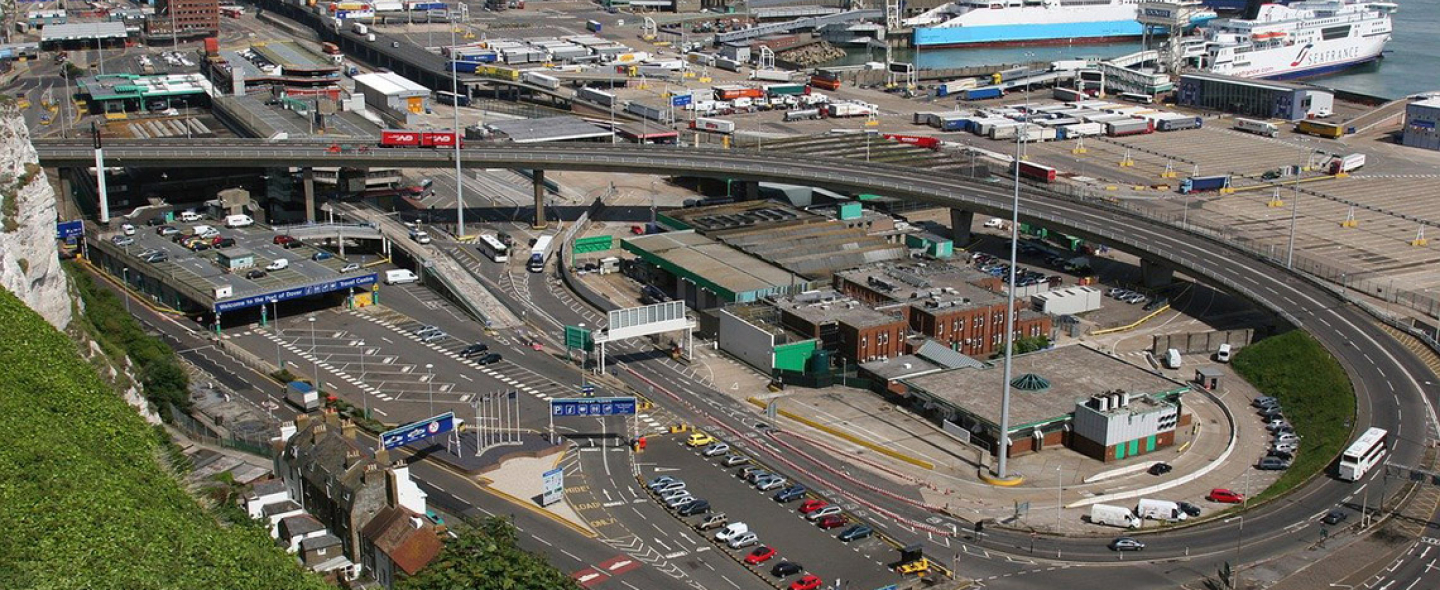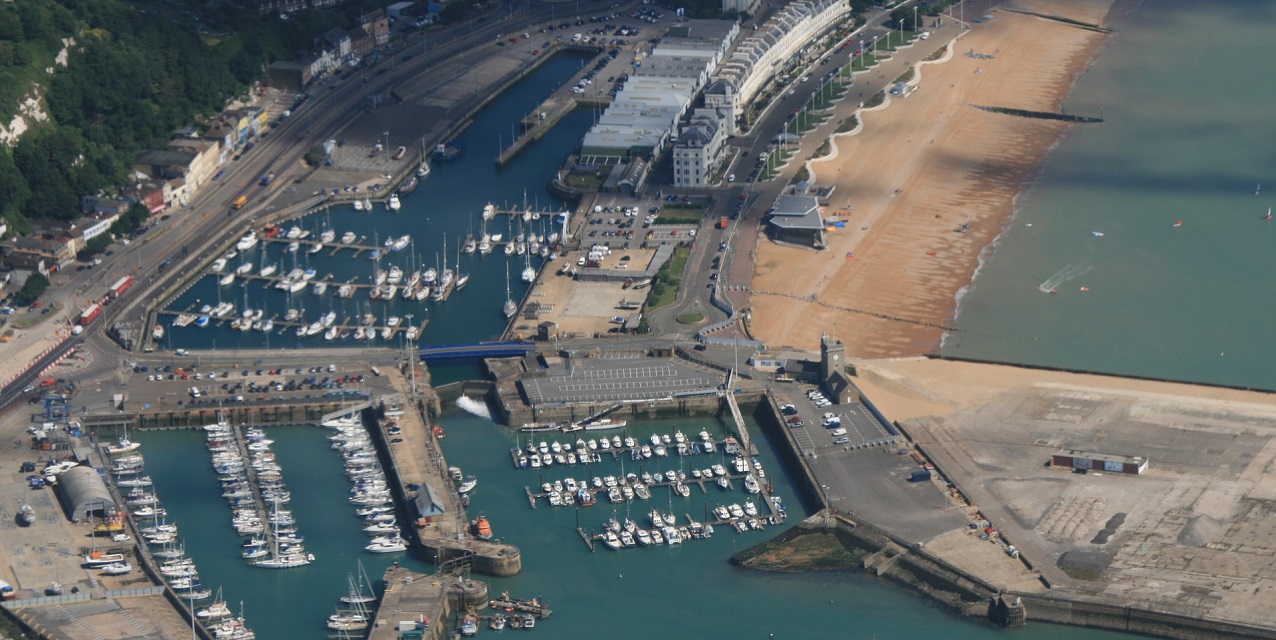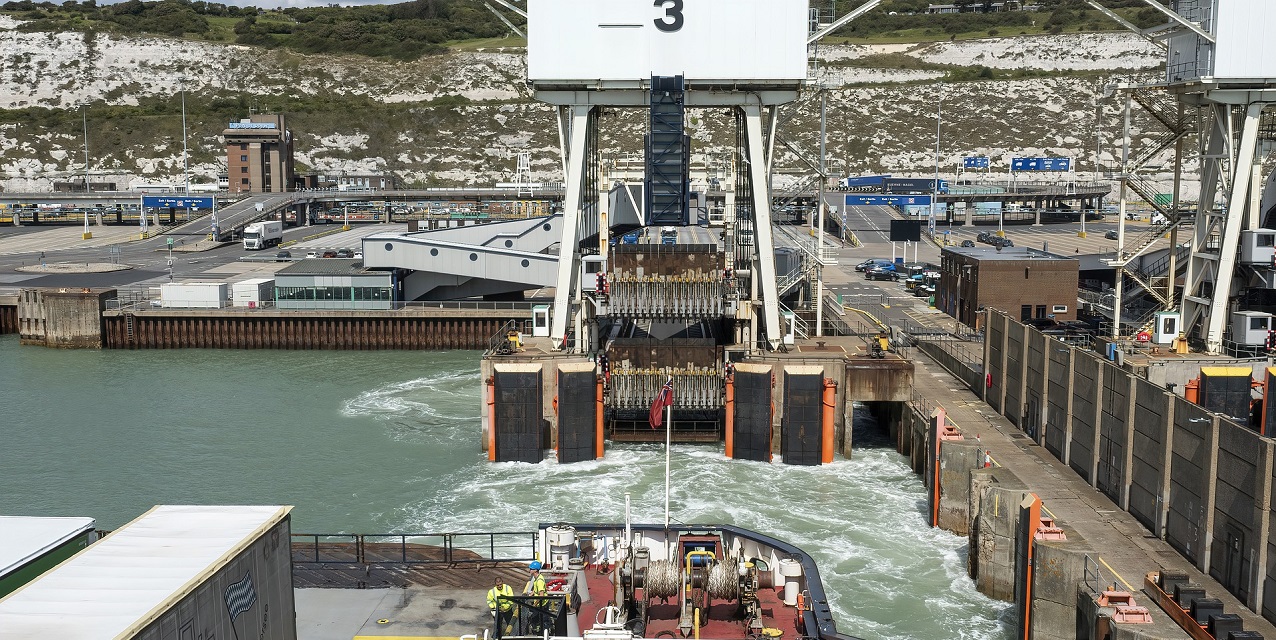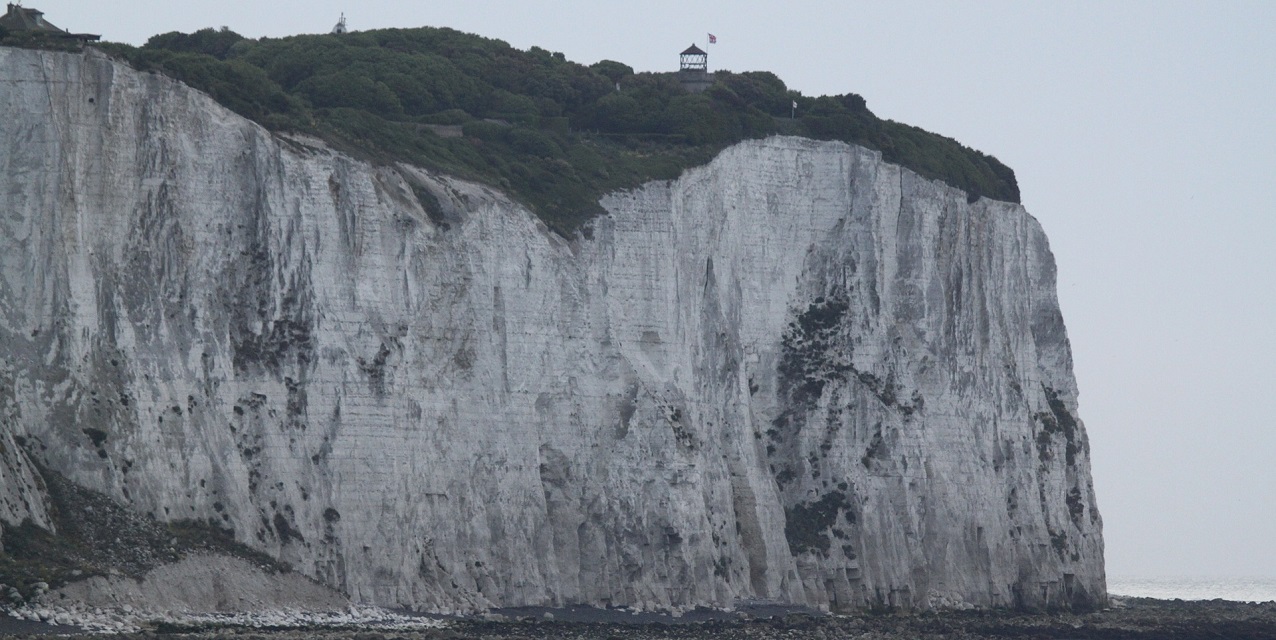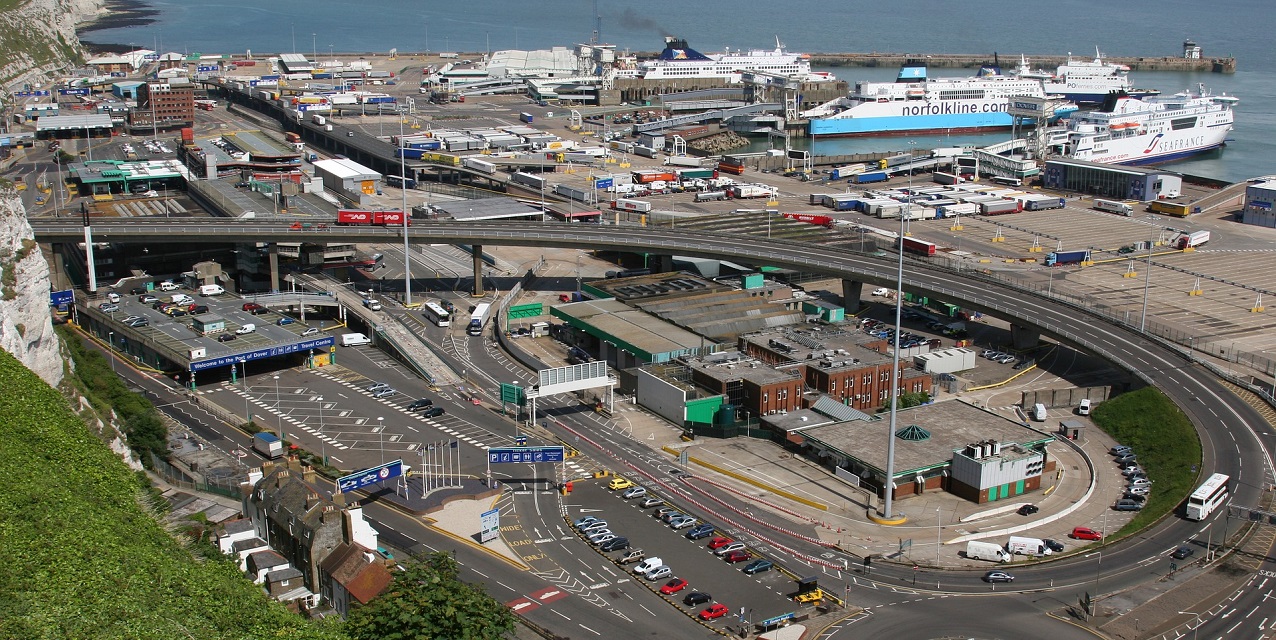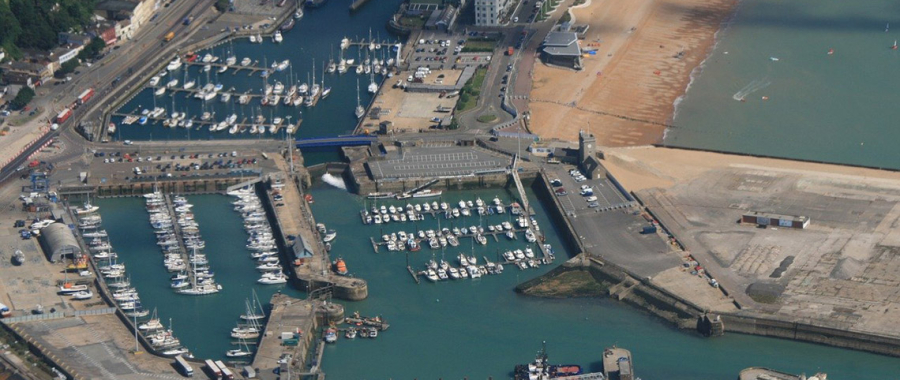Summary of the works
Project name: Port of Dover
Places: Western and Eastern Dock, Port of Dover
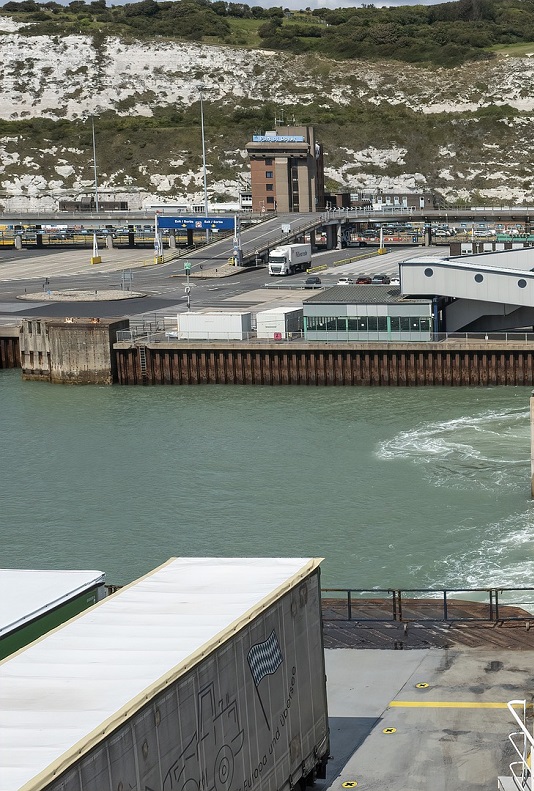
Case Study
Project Details
The Port of Dover is Europe's busiest international roll-on roll-off ferry port, handling up to £122 billion or 17% of the UK's trade in goods. The Port processes 2.5 million lorries, 2.3 million tourist vehicles and 12 million passengers per annum. Dover is also the UK's second busiest cruise port, welcoming over 25 cruise lines and around 200,000 guests each year. Its growing cargo business handles fresh produce, containers, project cargo, general cargo, grain and Ro-Ro traffic operating next to the world’s busiest shipping lane and on the quickest sea route to Europe. Marina and property businesses complete the portfolio.
As part of its asset management programme and commitment to maximising the operational life of its assets, in 2014 the Port contracted the SOCOTEC Monitoring team to design, install and maintain an automated monitoring system to continuously measure the displacement of the Prince of Wales pier. You can read the case study about these initial works here.
Since this initial installation, as part of its ongoing structural inspection regime, the Port has identified a number of additional assets which are vital to the continuation of general operations within its estate, in both the Western Dock and Eastern Dock areas.
The Port of Dover is Europe's busiest international roll-on roll-off ferry port, handling up to £122 billion or 17% of the UK's trade in goods. The Port processes 2.5 million lorries, 2.3 million tourist vehicles and 12 million passengers per annum. Dover is also the UK's second busiest cruise port, welcoming over 25 cruise lines and around 200,000 guests each year. Its growing cargo business handles fresh produce, containers, project cargo, general cargo, grain and Ro-Ro traffic operating next to the world’s busiest shipping lane and on the quickest sea route to Europe. Marina and property businesses complete the portfolio.
As part of its asset management programme and commitment to maximising the operational life of its assets, in 2014 the Port contracted the SOCOTEC Monitoring team to design, install and maintain an automated monitoring system to continuously measure the displacement of the Prince of Wales pier. You can read the case study about these initial works here.
Since this initial installation, as part of its ongoing structural inspection regime, the Port has identified a number of additional assets which are vital to the continuation of general operations within its estate, in both the Western Dock and Eastern Dock areas.
The assets being monitored are quay walls of varying construction types including steel sheet piling, blockwork and masonry. In all cases, the Port required monitoring systems to provide continuous information on displacements and rotation movements of these quay walls. These assets are now all subsequently fitted with automated monitoring instrumentation, data from which is utilised by the port to make informed decisions concerning asset stability, degradation and performance.
At Admiralty Pier, in addition to understanding the long-term trends related to displacement/rotation of the structure, there is an additional requirement to actively monitor displacement of the quay walls and upper coping stones, due to the fact that the Port periodically utilises this structure to transfer 300+ ton electric transformers. This upper displacement is being monitored using laser distometers which measure from Cruise Terminal 1 across the quay to the coping stones.
The Monitoring System
The monitoring areas are situated in eight locations across the Port estate, seven on the Western side and one on the East. In addition to these eight locations, a central communications gateway is installed on the roof of the Terminal Control Building which all monitoring instrumentation reports back to. There is also a separate gateway for the distometers on Admiralty Pier.
“The original monitoring system was installed in 2014 on the Prince of Wales Pier, which now falls within the Dover Western Docks Revival site, so this system was no longer required,” comments Rory Millin, operations manager at SOCOTEC Monitoring. “This original monitoring system is still up and running but it was moved from the Prince of Wales Pier to Pier D within the Eastern Docks area. This had a cost saving benefit for the client, as they were able to move and reinstall an existing system in a different location rather than having to invest in a new one.”
The Port’s monitoring instrumentation installed now includes:
- In-Place Inclinometers (IPI) used in both single and string formations – to measure rotational movement to generate a vertical profile of quay walls
- Vibrating wire piezometers for accurate and long-term measurement of tidal levels
- Automated laser distometers - to measure displacement when abnormal loads pass through the zone of influence
- Temperature sensor - to record and report ambient temperature, which can then be plotted against any measured movement of the quay wall
With assets distributed over a large geographic area, and to avoid reliance on multiple data loggers at all monitoring locations, a wireless data transfer system was installed, with data relayed from sensors via wireless nodes to a centralised gateway receiver positioned at the Eastern Dock. The gateway is fitted with a modem for external communications and powered via mains connection, supplied by the Port.
All data is automatically uploaded to SOCOTEC Monitoring’s Calyx online data visualisation software, with SMS / email alarm notifications being sent to multiple users if readings exceed thresholds. Sampling and upload frequency can be amended by the SOCOTEC Monitoring team at any time throughout the contract.
The Port of Dover is a non-typical installation, so SOCOTEC Monitoring was required to consider ways to protect the instruments from the impact of flotsam and jetsam as well as vessel buffers, temperature variations and the ingress of salt water. Considerations included various techniques for fixing the sensors to the walls to minimise potential impact and limit salt water ingress, upgrading all fixings to 316 marine grade stainless steel to withstand the highly corrosive environment and provide a better life expectancy, as well as identifying ways to simplify future maintenance requirements.
With installation taking place over the quay edges and above open water, much of the work was carried out by SOCOTEC Monitoring in partnership with the Port’s rope access Contractor, work was tide dependent with limited working time slots for the installations.
“We have established a great relationship with the team at the Port of Dover, working closely together to devise the most reliable and accurate monitoring system,” continues Rory Millin. “The system allows for autonomous, remote monitoring which enables the client to view the changes to their assets due to tidal influence and abnormal loads to assess whether there are any long-term movement trends.”

